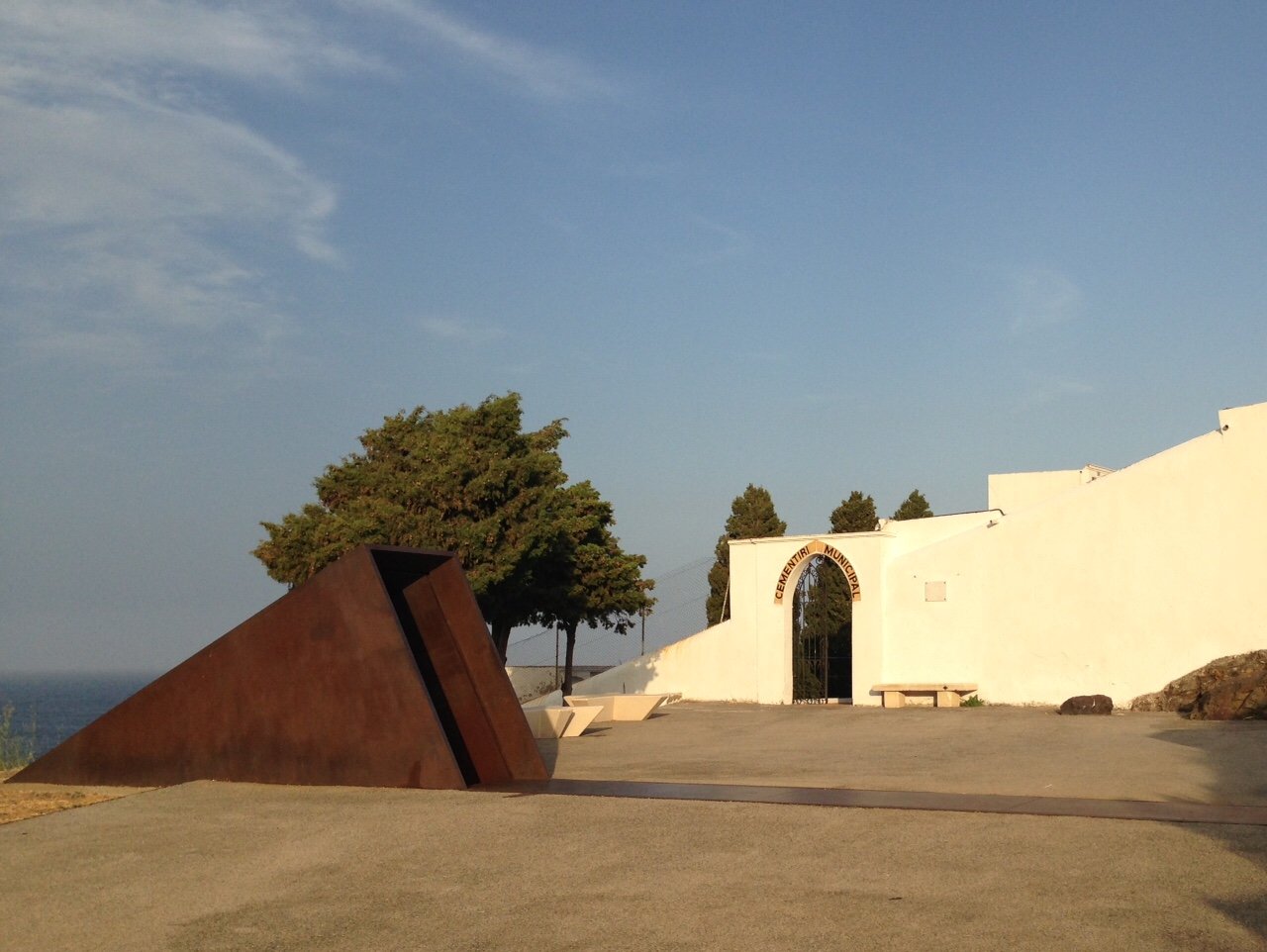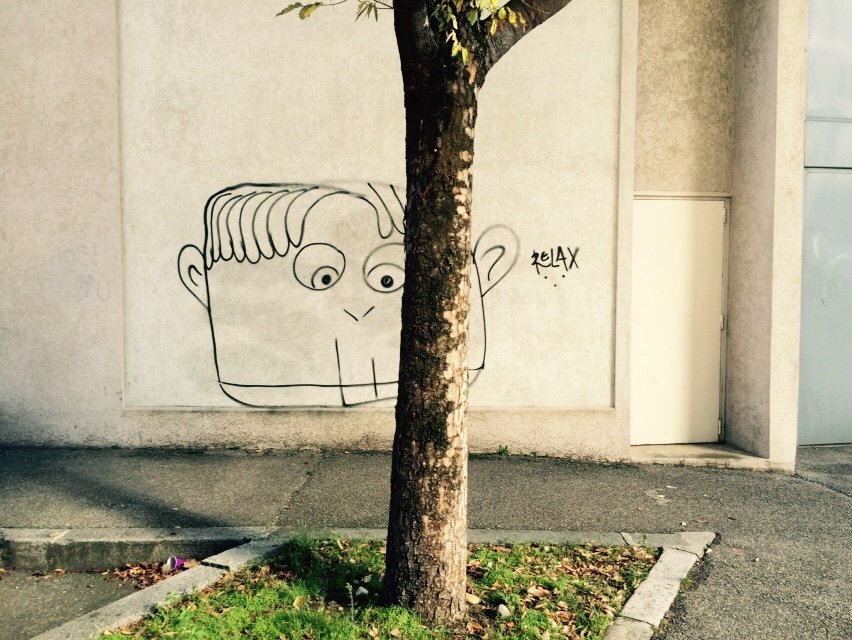Art or real estate?
two passions that have similarities
Art and real estate are two very different fields at first glance, but they nevertheless have many similarities. Indeed, these two sectors require in-depth culture and expertise to understand their subtleties and successfully exploit them.
In this article, we'll explore what art and real estate have in common and why these two passions can be considered complementary. We will also see how these two areas can be used together to create innovative and successful projects.
The similarities between art and real estate
Both areas require a strong knowledge of market trends and developments. Whether you are an art collector or a real estate investor, it is essential to understand market movements to be able to make the right decisions. Both sectors are also highly influenced by economic and political developments, which can have a significant impact on prices and investment prospects.
In art as in real estate, projects are often long-term. Real estate investments require a financial commitment over several years, even several decades. Likewise, purchasing a work of art can be a long-term investment, requiring extensive research and expertise to be profitable.
Finally, both areas have the ability to generate significant profits. While real estate can be a very lucrative investment, works of art can also reach new heights in terms of sale prices. Both sectors can also be used as portfolio diversification tools, allowing investment in different assets to reduce risk.
Art and real estate: successful marriages
The similarities between art and real estate have led to many successful collaborations between these two worlds. For example, many historic buildings have been transformed into exhibition spaces for temporary or permanent exhibitions. Art galleries can also be located in commercial spaces, offering visitors a unique shopping and cultural experience.
Likewise, real estate investors can use art to add visual and aesthetic flair to their properties. Art can be used to create a specific ambiance, to give personality to a building or to highlight public spaces.
Art can also be used to assist in the sale of real estate. Homeowners looking to sell their property can use art as an additional argument to convince potential buyers. Artwork can add aesthetic value to a property and help create a warm, welcoming ambiance.
Finally, art and real estate can also be used to create innovative and original projects. Artists may be invited to work on real estate projects to create unique and creative spaces. Architects can also work closely with artists to create architecturally innovative buildings and inspiring public spaces.
Conclusion
In conclusion, art and real estate are two fields that have many similarities and can be used together to create innovative and successful projects. Real estate investors and art collectors both need in-depth expertise to succeed in their field. By using art to add aesthetic value to real estate properties, or using real estate projects to create inspiring cultural spaces, these two worlds can complement and reinforce each other. So, art or real estate? Why not the two of them !
The current situation, however, presents dissonant points and I think that the question can be approached differently. In my next post I will address this dissonance that many professionals talk about today.


